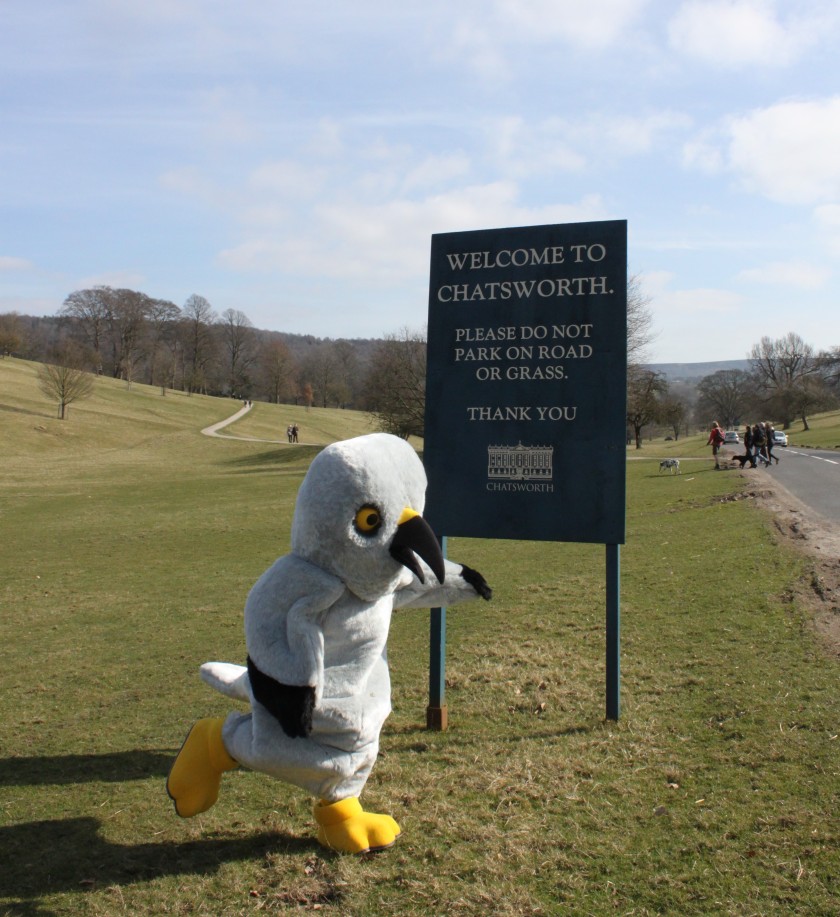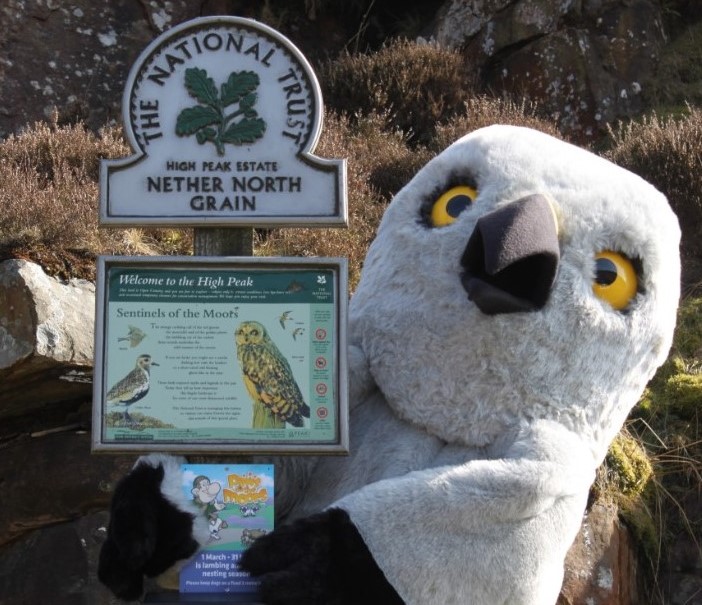 The Scottish Government has today released the annual poisoning and persecution maps relating to crimes against raptors in 2014.
The Scottish Government has today released the annual poisoning and persecution maps relating to crimes against raptors in 2014.
The accompanying press release is a careful study in damage limitation. We can’t blame them – it must be a constant source of embarrassment for them that raptor persecution continues with virtual impunity so of course they’re going to put out a statement that showcases the positives (there aren’t that many) and plays down the negatives (there are many).
The basic premise of their press release is that reported raptor crimes (incidents) have dropped from 23 in 2013 to 19 in 2014. Sounds like progress, eh? But wait – what if you look at the actual number of persecuted raptors – that tells a completely different story!
Let’s ignore the different types of persecution crimes (e.g. shooting, trapping, disturbance) for a minute and just start with poisoning. Here are the Government’s official number of reported poisoning incidents for the last three years:
2014: 6
2013: 6
2012: 3
So on the face of it, no change from last year and still double the number of reported incidents in 2012. But now let’s look at the number of reported individual raptors that were poisoned over those three years:
2014: 27 (17 x red kite; 7 x buzzard; 1 x peregrine; 2 x unknown because Police Scotland hasn’t released the data)
2013: 6 (1 x red kite; 4 x buzzard; 1 x golden eagle – data from Scot Gov annual report on wildlife crime)
2012: 3 (2 x buzzard; 1 x golden eagle – data from Scot Gov annual report on wildlife crime)
That’s quite an increase, isn’t it? Three reported in 2012, 6 in 2013 and a whopping 27 reported in 2014. Does that sound like raptor poisoning in Scotland is in decline? Nope, it shows that the number of poisoned raptors actually quadrupled in 2014.
However, the Government doesn’t agree that 27 raptors were poisoned in 2014. According to their data, only 16 raptors were poisoned in the Ross-shire Massacre (12 red kites + 4 buzzards). They seem to have conveniently forgotten that 22 dead birds were found, not 16. Even Environment Minister Aileen McLeod ignores the ‘missing six’ and just refers to the poisoned 16 in today’s press release! Sure, there may only be toxicology reports for 16 of those victims – we don’t know the cause of death for the remaining six victims because Police Scotland hasn’t bothered to tell us. But surely they and the Scottish Government aren’t trying to convince us that the remaining six victims (four red kites + two buzzards) weren’t poisoned at all, but that they all just happened to die of natural causes at the same time and in the same fields as the other 16 poisoned birds? Come on. Why try and diminish the extent of such an appalling crime?
And, once again, the poisoning maps exclude other crimes where bait was discovered but with no apparent raptor victim. We know of at least one of these incidents that occurred in 2014 – a poisoned rook found in January close to a poisoned rabbit bait and a poisoned hare bait (Carbofuran & Chloralose) (here). Why doesn’t this count?
Now let’s have a look at the other types of raptor persecution crimes reported in 2014. These include shooting, trapping and disturbance. According to the Government’s data released today, there were 8 reported shootings, 2 reported trapping offences, 1 reported disturbance incident and 2 listed as ‘other’.
Interestingly, they’ve excluded incidents where satellite-tagged raptors have (un)mysteriously disappeared in known persecution hotspot areas, such as the young white-tailed eagle (see here) and several others that Police Scotland has so far chosen to keep under wraps.
They’ve also excluded incidents where illegally-set traps have been found but without an apparent raptor victim. Again, the police have chosen to keep these under wraps. Why don’t those count?
So let’s now look at the Government’s ‘official’ three-year figures for all types of raptor persecution incidents in Scotland (including poisoning, shooting, trapping, disturbance, and ‘other’):
2014: 19
2013: 23
2012: 13
As we said at the beginning, on a superficial level it appears that reported raptor persecution incidents have declined since 2013, although we now know that the Government has excluded several known incidents, and we also know that these are only the reported crimes – many more will have occurred but weren’t detected. But let’s have a look at the number of known raptor victims during that three-year period:
2014: 40
2013: 23
2012: 13
That’s pretty clear then. Illegal raptor persecution continued in 2014 and the number of (known) victims rose considerably from the previous year and the year before that.
What an utter disgrace.
Scottish Government press release here
Scottish Government’s persecution maps and background data can be downloaded here:
Scottish Gov background raptor persecution data (released 31 Mar 2015)


 Regular blog readers will know how difficult it is to find out whether farms and shooting estates that have a proven link with wildlife crime have had any of their agricultural subsidies withdrawn as a result of their non-compliance with the subsidy regulations.
Regular blog readers will know how difficult it is to find out whether farms and shooting estates that have a proven link with wildlife crime have had any of their agricultural subsidies withdrawn as a result of their non-compliance with the subsidy regulations.



 Meet Henry. Henry is a 6ft-tall Hen Harrier who’s very, very lonely. He’s struggling to find a mate because most of his potential girlfriends have been bumped off on grouse moors. Henry is flying around the British Isles in search of a significant other and you can follow his progress as he posts daily photographs from his travels. He’s being accompanied by several burly minders to protect him from those who’d like to shoot, trap or poison him.
Meet Henry. Henry is a 6ft-tall Hen Harrier who’s very, very lonely. He’s struggling to find a mate because most of his potential girlfriends have been bumped off on grouse moors. Henry is flying around the British Isles in search of a significant other and you can follow his progress as he posts daily photographs from his travels. He’s being accompanied by several burly minders to protect him from those who’d like to shoot, trap or poison him.